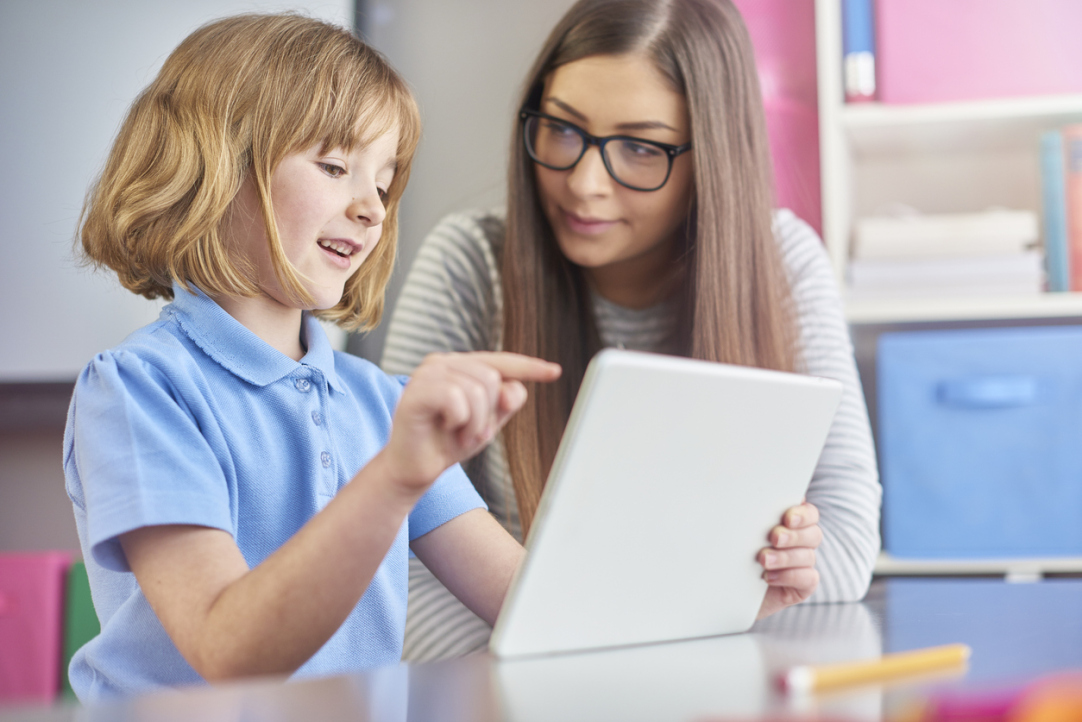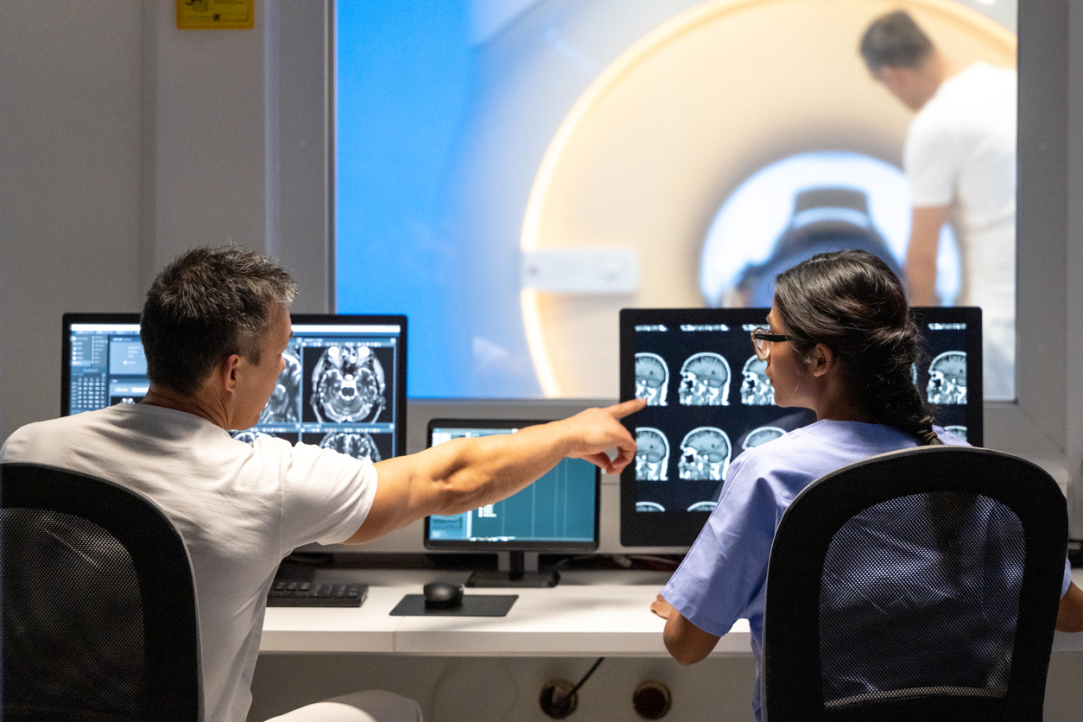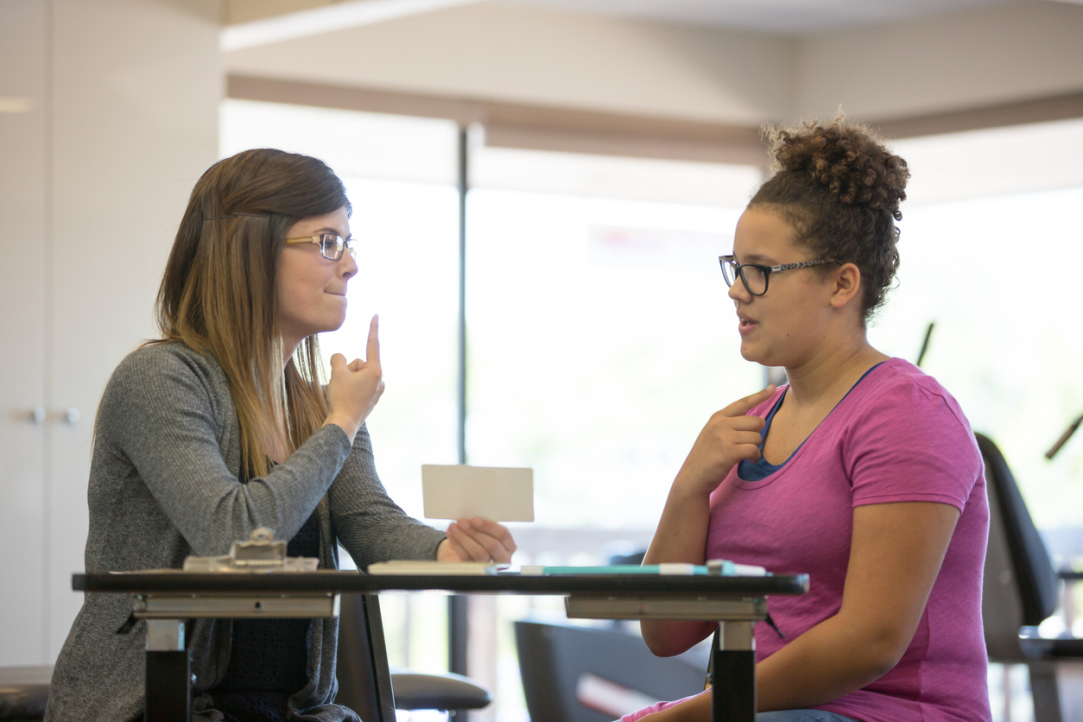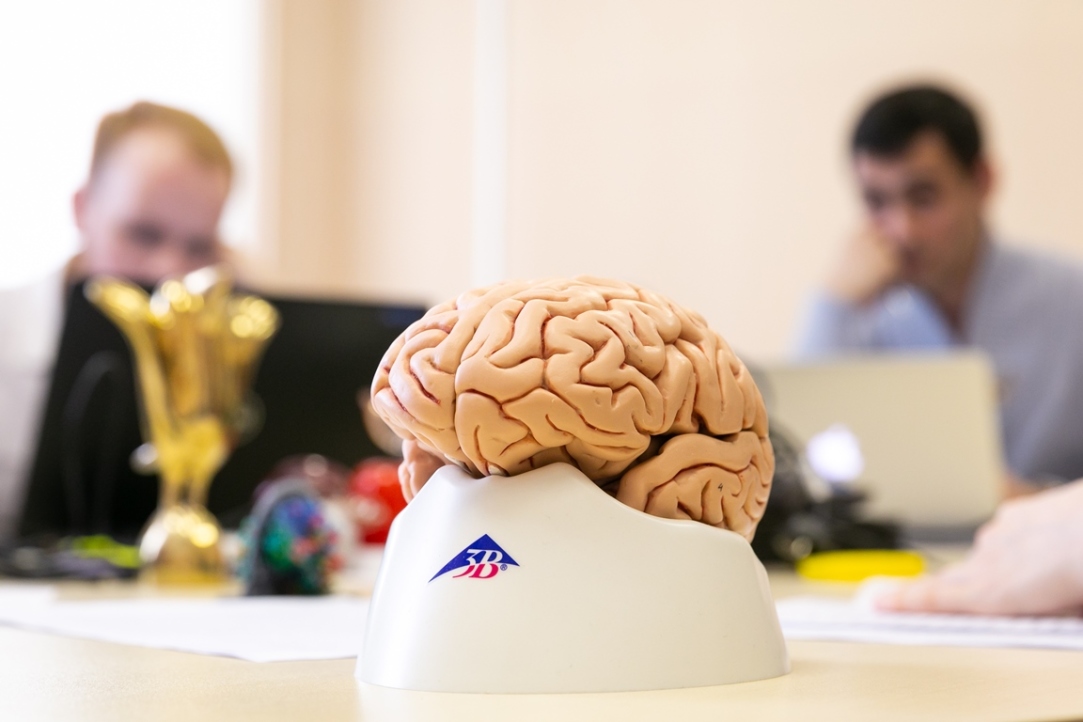
Tag "neurolinguistics"




The HSE Center for Language and Brain studies a broad range of topics related to the connection between the brain and language. For Svetlana Malyutina, Deputy Head, and Mariya Khudyakova, Junior Research Fellow, particularly interesting areas of focus include the breakdown of language processing after brain damage (e.g., stroke, neurosurgery, epilepsy) and language acquisition in children.
At an exhibition held during the Russian Popular Front (ONF) Action Forum in Moscow, December 18-19, HSE neuro-linguists presented a method to preserve human speech after brain surgeries, and urbanists showcased sources of energy made of ceramics and moss.
1
2
